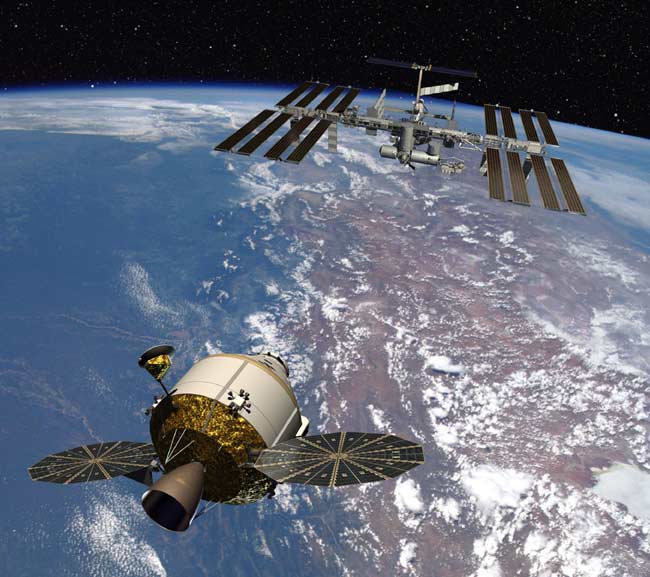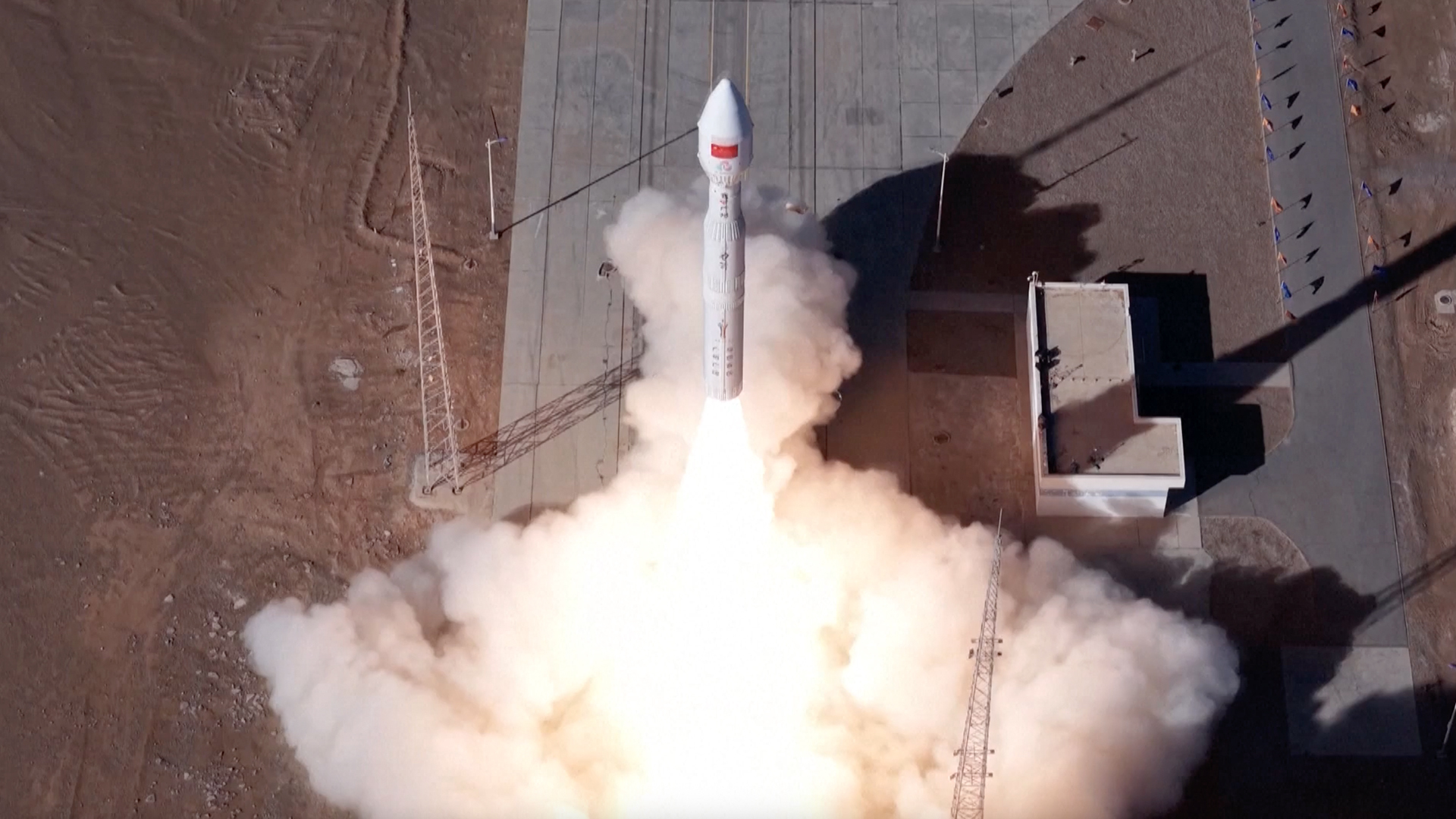Panel Says Moon Within NASA's Reach

CAPE CANAVERAL -- The United States cannot afford to returnAmerican astronauts to the moon under the NASA budget currently proposed by theObama administration, a presidential panel said Wednesday.
Nonetheless, the panelwill offer at least two options for future human spaceflight programs thatcould be done within the $81.5 billion budgeted for NASA through 2020.
And people on the Space Coast will be among the first tohear about "destination-based" scenarios for missions beyond Earthorbit when the committee is briefed on the topic for the first time at a publichearing today in Cocoa Beach.
On Wednesday, NASA officials steadfastly defended plans todevelop the AresI and Ares V rockets for moon missions at a hearing near NASA's MarshallSpace Flight Center in Huntsville, Ala.
"The Ares I and V development is the fastest and mostprudent path to closing the human spaceflight gap while enabling exploration ofthe moon and beyond," NASA Ares Program Manager Steve Cook said.
Cook and other NASA officials noted that Columbia accidentinvestigators recommended that NASA replaceits shuttle fleet with spacecraft designed to give overriding priority tocrew safety.
The Ares I, which is being developed to carry moon-boundastronauts into low Earth orbit, would be 10 times safer than the shuttle, Cooktold the panel.
Breaking space news, the latest updates on rocket launches, skywatching events and more!
It also would be a factor of two, and in some cases, afactor of three safer than the alternative launch systems that the committee isexamining, Joseph Fragola, an independent risk analyst, told the panel.
The panel wasestablished by the White House to review NASA's plans for its humanspaceflight program.
The group is looking at a variety of alternatives to theAres rockets, including the potential use of United Launch Alliance Delta IVHeavy or Atlas V rockets.
A subcommittee will report on launch vehicle options at ahearing in Washington, D.C., next month. The panel will report to the WhiteHouse by the end of August.
The Ares I project has wrestled with technical issues,including thrust oscillation, in which the rocket is expected to vibratesignificantly during flight. NASA plans to put shock absorbers between stagesto dampen vibrations.
Bohdan Bejmuk, a former Boeing manager who is heading thesubcommittee, told NASA officials that all Ares I technical issues "aresolvable."
"Your budget problems are bigger than your technicalproblems," he said.
The Obama administration's 2010 budget for NASA represents a$26.5 billion cut from previous projections.
Gary Pullium, a vice president with The Aerospace Corp.,said NASA won't be able to return to the moon by 2020 under those constraints."Given our assessment of the 2010 budget and what we believe about costand schedule, we just simply said there is not enough money in this budget inthe near term to do the human lunar return," he said.
- Video - NASA's Constellation Journey Begins: Part 1, Part 2
- End in Sight: Final Space Shuttle Missions Slated
- Image Gallery - The First 100 Space Shuttle Flights
Contact Halvorson at 639-0576 or thalvorson@floridatoday.com.
Publishedunder license from FLORIDA TODAY. Copyright ? 2009 FLORIDA TODAY. No portion ofthis material may be reproduced in any way without the written consent of FLORIDA TODAY.
Todd Halvoron is a veteran aerospace journalist based in Titusville, Florida who covered NASA and the U.S. space program for 27 years with Florida Today. His coverage for Florida Today also appeared in USA Today, Space.com and 80 other newspapers across the United States. Todd earned a bachelor's degree in English literature, journalism and fiction from the University of Cincinnati and also served as Florida Today's Kennedy Space Center Bureau Chief during his tenure at Florida Today. Halvorson has been an independent aerospace journalist since 2013.
